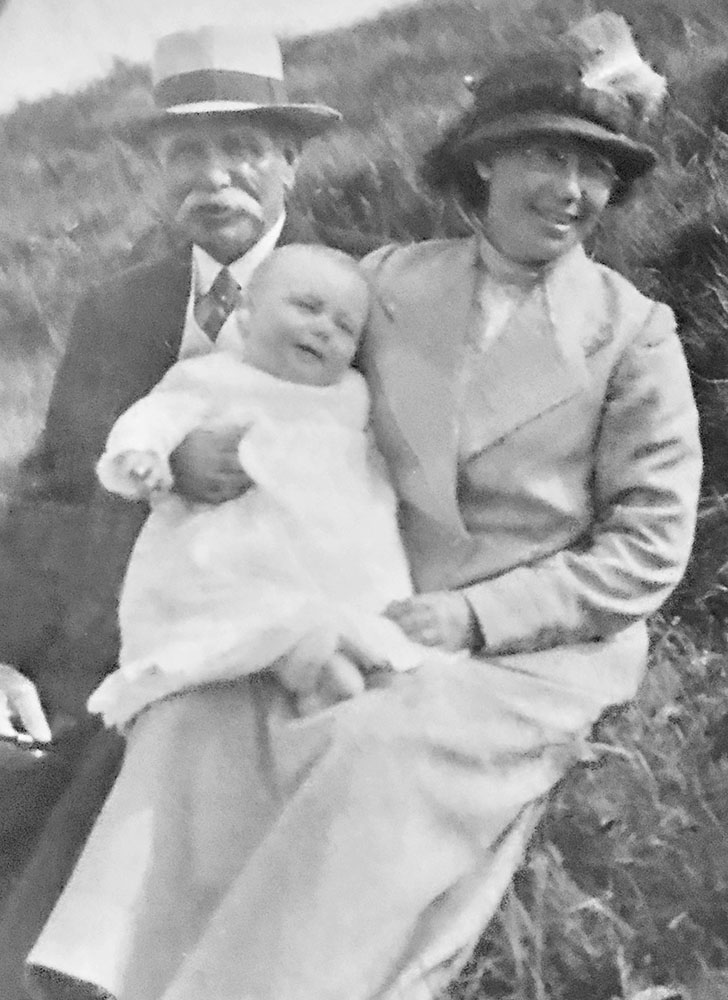Preserving the Past
Hunting Down Pieces Of Families’ Histories
As members of a genealogical society, we take great delight in hunting down the pieces that make up the puzzle of our families’ histories. Then we must work out how all the facts and hints fit together to tell our story.
But that’s not the end of it. To preserve the story of our past, we need to record it, to write it so that future generations of our families will be able to understand their past and have a greater understanding of the family that formed them.
To facilitate this our society has recently established a new group, a Writing Group, and we plan to meet monthly to share our writing and support each other as we develop our skills. We had our inaugural meeting in September when eight of us got together after writing our first short piece, An Introduction to a Grandparent. Unfortunately, there is no room to share them all here, so here are a few excerpts:
A. I would like to introduce you to my great grandfather, William Henry John Mays, born on 25 August 1836 in London.
Whilst he was the Sherriff’s Officer in Melbourne in 1870, he was invited to attend the lavish ball, funded by the 25th Lord Mayor, Samuel Amess, to celebrate the opening of the Melbourne Town Hall on 11 August 1870.
He chose to wear a velvet costume covered in a collection of postage stamps of all nations.
B. I never met Alexander Dingwall Kennedy… but he seems to have been quite a remarkable man.
The second of five children born to a crofter in Acharn, Argyll, he was the younger of twin boys born in February 1879. Scottish education was excellent, and all three sons took up professions. My grandfather graduated in medicine in 1903 from Glasgow University but even in 1901 had been awarded the Freedom of Glasgow for volunteering the Boer War with the Red Cross Hospital.
C. Here is a woman who; as a child, played with Aboriginal friends on the slopes of Mt Gravatt; who, as a young lady, married the widowed husband of the woman she worked for as a dressmaker; who, immediately after her marriage, set sail for a honeymoon in Scotland; who, after two years in the British Isles, set sail for home, only to be pursued by a German submarine as they steamed through the Mediterranean, but finally arrived safely home with the first of their two children.
D. Norman was born on Saturday 18 December 1886. She was 19 when she married Henry Simpson Reynolds, aged 22, on Thursday 27 June 1906. I was told they were married on a Wednesday because the church would not marry naughty girls on Saturday. They went on to have nine children, the first coming seven months after they married and the last in December 1923. Of the six sons, four had Norman in their name.
Henry died in 1950 and Olena in 1971. They are buried together in the Frankston Cemetery. I can remember Olena’s six sons carrying her coffin.
Do you know enough about your grandparents to introduce them? We welcome you to contact us and share your stories; or perhaps you would like guidance in finding the missing pieces of your ancestral jigsaw so you can start putting it together.

See you next month
Rob Thomson
President Logan River Family History Society
loganriverfhs@hotmail.com